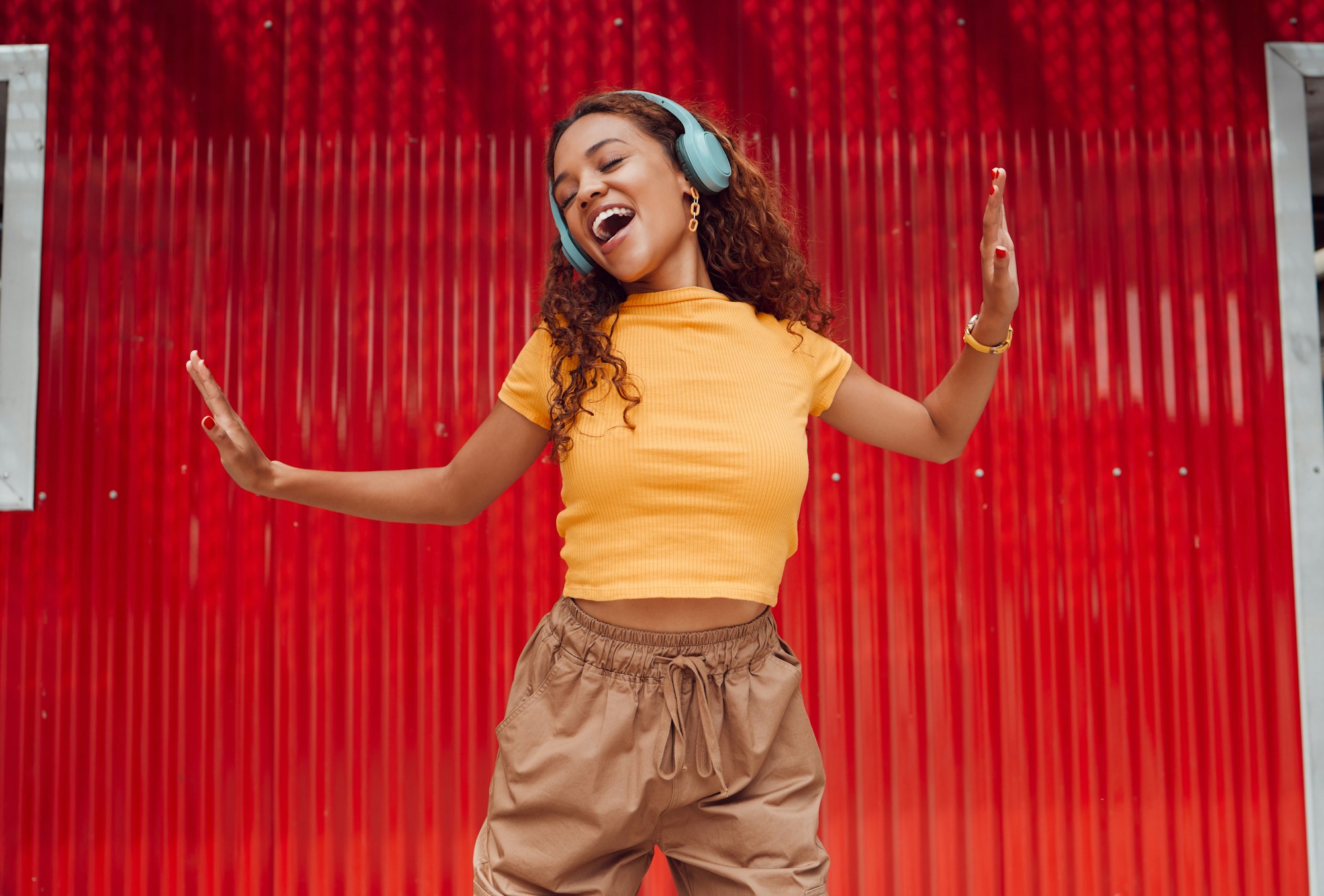Introduction
Artificial intelligence (AI) is making strides in artistic realms like dance, offering tools that push creative boundaries and challenge traditional forms of expression. AI in dance isn’t just a technical addition; it’s reshaping choreography, dancer training, and audience engagement in both subtle and revolutionary ways. Here’s a deeper look into how AI is influencing dance, what the future might hold, and the questions many have about this fusion.

AI in Choreography and Dance Creation
AI has entered the dance scene primarily as a tool for creating new choreographies. For instance, machine learning algorithms analyze existing dance forms to generate unique sequences, styles, and movements. These AI-generated choreographies often draw on vast databases of dance forms, allowing creators to explore combinations and transitions that would take much longer to develop manually.
Case Study: AI-Generated Dance Movements
Certain dance companies are already experimenting with AI to suggest new moves or adapt classical movements. AI tools can recognize patterns in various dance forms and suggest sequences that match a choreographer’s vision, which can then be modified to fit a human dancer’s physical limits.
Training Dancers with AI
Beyond choreography, AI also serves as a personalized training assistant for dancers. Motion capture and machine learning algorithms analyze a dancer’s movements, helping identify areas that need improvement while reducing the risk of injury. This technology can simulate real-time corrections, providing dancers with precise feedback that traditional training methods might overlook.
Real-Time Feedback and Performance Analysis
AI tools, like motion sensors, detect and track a dancer’s movements, providing instant feedback on posture, timing, and alignment. This is invaluable for dancers training without immediate access to professional coaches, especially in remote areas.
Virtual Audiences and Interactive Performances
AI has made it possible for dance performances to reach virtual audiences like never before. AI-driven live-streaming technologies allow for global outreach, and some platforms even enable real-time audience interaction, offering virtual viewers a chance to shape certain aspects of the performance.
Augmented Reality (AR) and Virtual Reality (VR)
Through AI-enhanced AR and VR, audiences can experience immersive dance performances, sometimes participating interactively. For example, they can control the camera angle, lighting, or even elements of the choreography, providing a level of engagement that traditional theater cannot offer.
Ethical Concerns and Future Challenges
Despite the benefits, the integration of AI in dance raises ethical and technical concerns. One worry is that AI-generated choreography could lead to a homogenization of dance styles, where unique cultural or personal elements are lost. Additionally, the potential for AI to replace certain aspects of dancer training and performance brings questions about the future role of human dancers.
Balancing Innovation with Tradition
While AI offers exciting new possibilities, there is an ongoing discussion on preserving the authenticity of dance. Many fear that as AI systems become more autonomous in creating performances, the human element might be diluted, making dance feel less expressive and connected to its cultural roots.

Frequently Asked Questions
1. Will AI replace human dancers?
AI is unlikely to replace human dancers but will increasingly serve as a tool for assisting and enhancing performances. Human movement and expression are central to dance, and AI cannot replicate the emotional and improvisational qualities dancers bring to the stage.
2. How is AI helping dancers with training?
AI tools provide real-time feedback on technique and posture, helping dancers improve faster and more accurately. These tools analyze movement patterns and suggest adjustments to reduce injury risk and enhance performance quality.
3. Are there risks of over-reliance on AI in choreography?
Yes, there’s a risk that AI could lead to repetitive styles or lack the cultural nuances a human choreographer brings. However, AI is generally used as an aid, allowing choreographers to retain creative control over the final product.
4. How does AI make performances more interactive for audiences?
AI in AR and VR platforms enables audiences to participate in performances in real time, such as by choosing camera angles or even influencing choreography elements, creating a more immersive experience.
5. What are the ethical concerns of AI in dance?
Some ethical issues include cultural homogenization, reduced personal expression, and the risk of valuing efficiency over creativity. There’s an ongoing debate about ensuring AI tools complement rather than compromise the artistry in dance.
The dance world stands at an exciting intersection of art and technology. While AI brings new possibilities for creativity and performance, it’s essential to maintain the heart and soul of dance—its power to convey human emotion and culture through movement. As AI becomes a more common tool in the arts, balancing innovation with tradition will shape the future of dance in extraordinary ways.
Sources The Guardian



AI theme for Kannada dance performance
A i in Kannada for dance performance